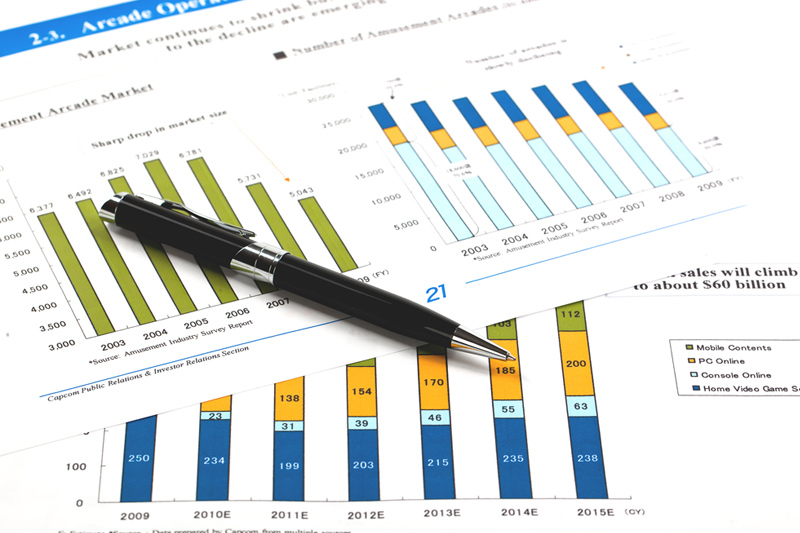© Reuters. Office workers cross a street in Sydney, Australia, September 4, 2017. Picture taken September 4, 2017. REUTERS/Steven Saphore/File Photo
SYDNEY (Reuters) – Australia’s economy grew at the weakest pace in 1-1/2 years last quarter as high prices and rising interest rates sapped consumer spending, while emerging signs pointed to further softness ahead amid elevated borrowing costs and a slowdown in global growth.
Data from the Australian Bureau of Statistics on Wednesday showed real gross domestic product (GDP) rose 0.2% in the first quarter, easing from 0.5% in the previous quarter and under forecasts of 0.3%.
Annual growth came in at 2.3%, also missing forecasts for 2.4% expansion.
The report contained initial signs that domestic price pressures are easing and evidence that households are saving less to meet high costs of livings and rising mortgage rates.
Domestic price growth slowed to 1.1%, after a 1.4% rise in the December quarter, and household savings as a share of income shrank to 3.7%, the lowest level since 2008, with consumers cutting back on discretionary spending such as household equipment and vehicles.
Household consumption rose only a meagre 0.2% in the March quarter, contributing 0.1% percentage points to GDP, mostly from spending on essential goods and services.
Price pressures have prompted the Reserve Bank of Australia (RBA) to raise its cash rate by 400 basis points since last May, taking it to an 11-year high of 4.1% and flagging more tightening may still be required.
Markets have priced in a 60% chance of another hike in July.
Compensation of employees (COE), the broadest measure of economy-wide labour costs, increased 2.4% in the first quarter from the December quarter when it rose 2.0%, a result that would worry policymakers.
RBA Governor Philip Lowe has highlighted that fast increasing unit labour costs are a risk to the central bank’s inflation outlook, if productivity failed to pick up from the current flat levels.
This story originally appeared on Investing

